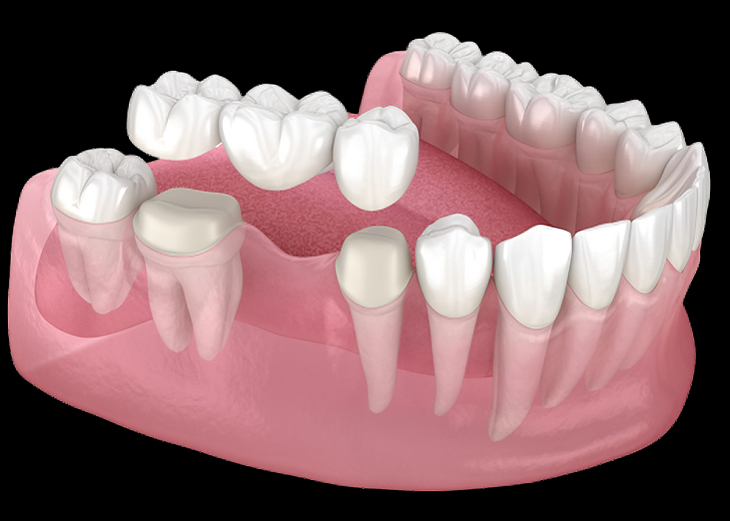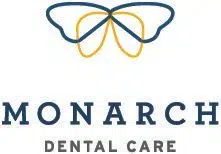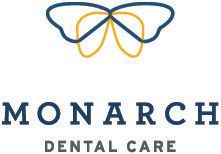
Understanding How Much Dental Bridges Cost
When it comes to restoring missing teeth, dental bridges are a popular and effective option. They provide a natural-looking solution that helps restore your smile and oral functionality. However, one of the considerations that may arise is the cost associated with dental bridges.
Our Prairie Village dentist wants to ensure that everyone can receive the dental care they need. Read more about the costs associated with a dental bridge below. If you’re looking for more information, feel free to contact our dental office today by calling (913) 362-4488.
How Much Do Dental Bridges Cost?
Factors That Influence Dental Bridge Cost
- Type of Bridge: Implant-supported bridges tend to cost more than traditional dental bridges.
- Materials Used: The material chosen for the artificial teeth can significantly affect the price, with gold and all-porcelain generally being more expensive than other options.
- Number of Teeth Being Replaced: The more teeth you need to replace, the more the bridge will cost.
- The Complexity of the Procedure: If other procedures, such as gum surgery or root canal therapy, are needed before placing a bridge, this will increase the overall cost. Some may also want to brighten their smile before replacing missing teeth, which would include teeth whitening costs.
- Geographic Location: Dental bridge costs can vary widely by region, with urban areas often having higher fees than rural ones.
- Dentist’s Experience and Reputation: Highly experienced or specialized dentists might charge more for their dental bridge services.
- Dental Insurance: The amount your dental insurance covers will affect your out-of-pocket costs. Not all dental insurance plans cover bridges, or they might only cover a portion of the cost.
Cost of Dental Bridges vs. Other Restorative Options
Compared to other restorative options for replacing missing teeth, dental bridges fall within a moderate price range. Dentures are generally less expensive, with costs ranging from $500 to $2,500 per arch. However, dentures may not provide the same level of stability, comfort, and natural appearance as dental bridges.
Dental implants, on the other hand, are a more expensive alternative, with costs ranging from $1,500 to $6,000 per implant, depending on various factors. While dental implants offer long-term benefits and a high success rate, they often require more extensive surgical procedures and a longer treatment timeline.
Dental Insurance
- Coverage: Dental insurance policies vary widely in terms of what they cover. Some dental insurance plans may cover a significant portion of the cost of dental bridges, while others might cover only a fraction or none at all.
- Types of Dental Bridges: There are various types of dental bridges (traditional fixed bridge, cantilever dental bridge, Maryland dental bridge, and implant-supported bridge). The type and materials used can affect the cost and the amount of coverage you receive from your insurance.
- Percentage of Coverage: Dental insurance plans often cover dental procedures based on a tiered system:
- Preventive care (cleanings, exams): Often covered at 100%
- Basic procedures (fillings, extractions): Often covered at 70-80%
- Major procedures (dental crowns, bridges, dentures): Often covered at 50%
- Waiting Periods: Some dental insurance plans have waiting periods for major dental procedures. This means you may need to have the insurance policy for a certain period before you can receive coverage for procedures like dental bridges.
- Annual Maximums: Dental insurance often has an annual maximum benefit. Once your covered treatments reach this amount, the insurance will not pay for additional treatments until the next policy year.
- Pre-treatment Estimates: Before getting a dental bridge, it’s a good idea to request a pre-treatment estimate from your dentist. They can submit a claim to the insurance company detailing the planned procedure, allowing the insurance company to provide an estimate of what they will cover and what your out-of-pocket expense might be.
- Network: If you have a Preferred Provider Organization (PPO) plan or a Health Maintenance Organization (HMO) plan, the amount of coverage you receive might depend on whether your dentist is in-network. Seeing an in-network dentist often results in higher coverage and lower out-of-pocket expenses.
- Discount Plans: While not insurance, some individuals opt for dental discount plans. These plans offer discounts on various dental procedures, including bridges, for an annual fee. If you don’t have dental insurance, this might be an option to consider.

